Carotid Disease
Expert treatment for carotid artery disease and stroke prevention with comprehensive care
Stroke Prevention
Carotid disease affects the arteries supplying blood to the brain and is a major cause of stroke. Early detection and expert treatment can significantly reduce stroke risk.
DR LUBOMYR LEMECH
MBBS (Hons), FRACS (Vascular), DDU (Vascular)
Key Services:
- Non-invasive carotid ultrasound
- Carotid endarterectomy surgery
- Carotid artery stenting
Understanding Carotid Disease
The brain receives its blood supply from four major arteries, two carotid arteries at the front of the neck, and two vertebral arteries at the back of the neck.
As people age, plaque can deposit in the arteries to the brain. Ulcers can form on the surface of the plaque, which can release the contents of the plaque into the circulation. The debris from the plaque travels to the brain and blocks the small arteries supplying the brain, causing a stroke or a mini-stroke / transient ischaemic attack (TIA).
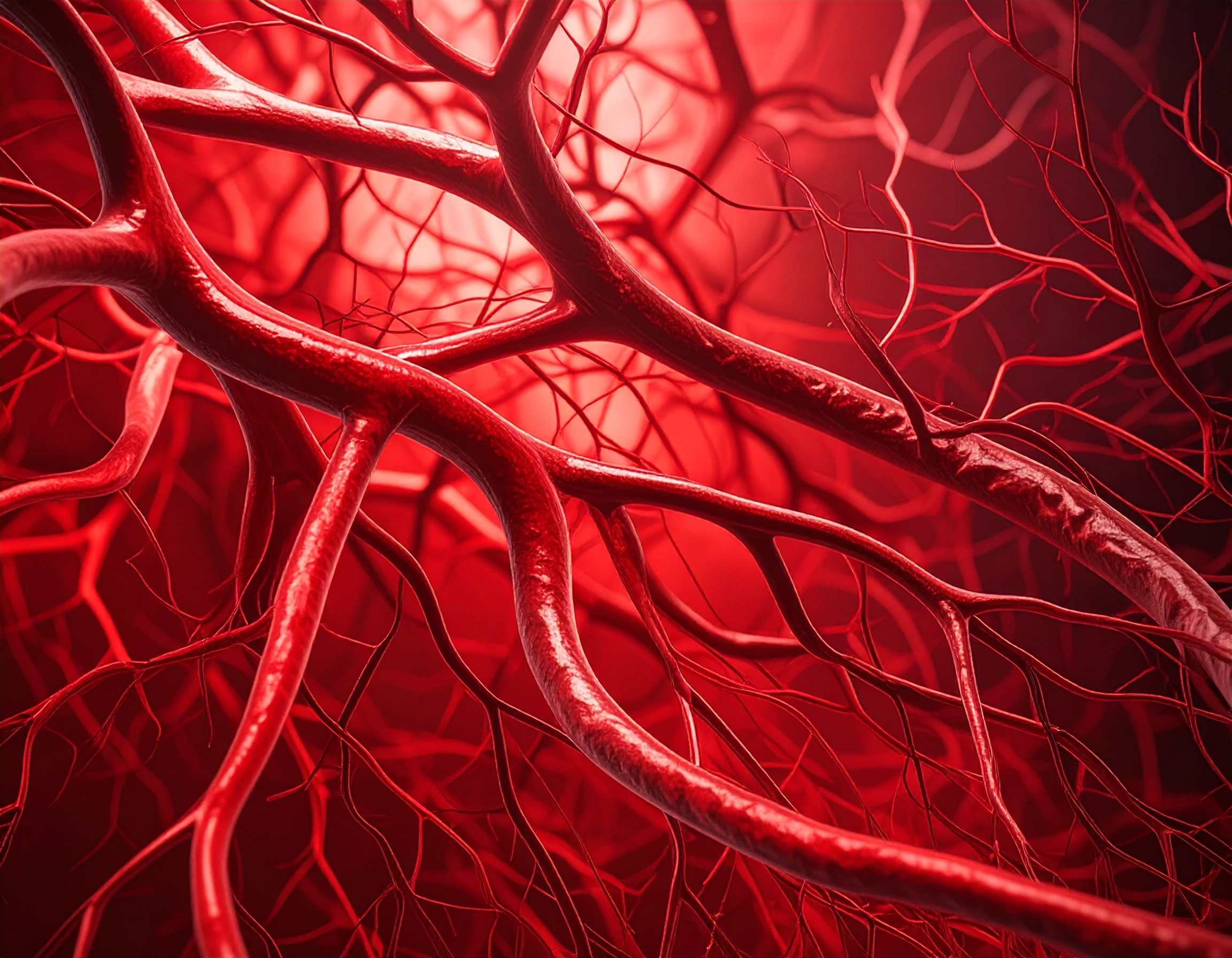
Carotid Arteries & Brain Blood Supply
Risk Factors
There are a number of risk factors for the formation of plaque in the carotid arteries
Age
Increasing age is a significant risk factor for carotid disease
Smoking
Smoking significantly accelerates plaque formation in arteries
High Blood Pressure
Hypertension damages artery walls and promotes plaque buildup
High Cholesterol
Elevated cholesterol levels contribute to arterial plaque formation
Diabetes Mellitus
Diabetes accelerates atherosclerosis and plaque development
Family History
Family history of arterial disease increases risk
Symptoms
Symptoms of a transient ischemic attack (TIA) require urgent medical attention
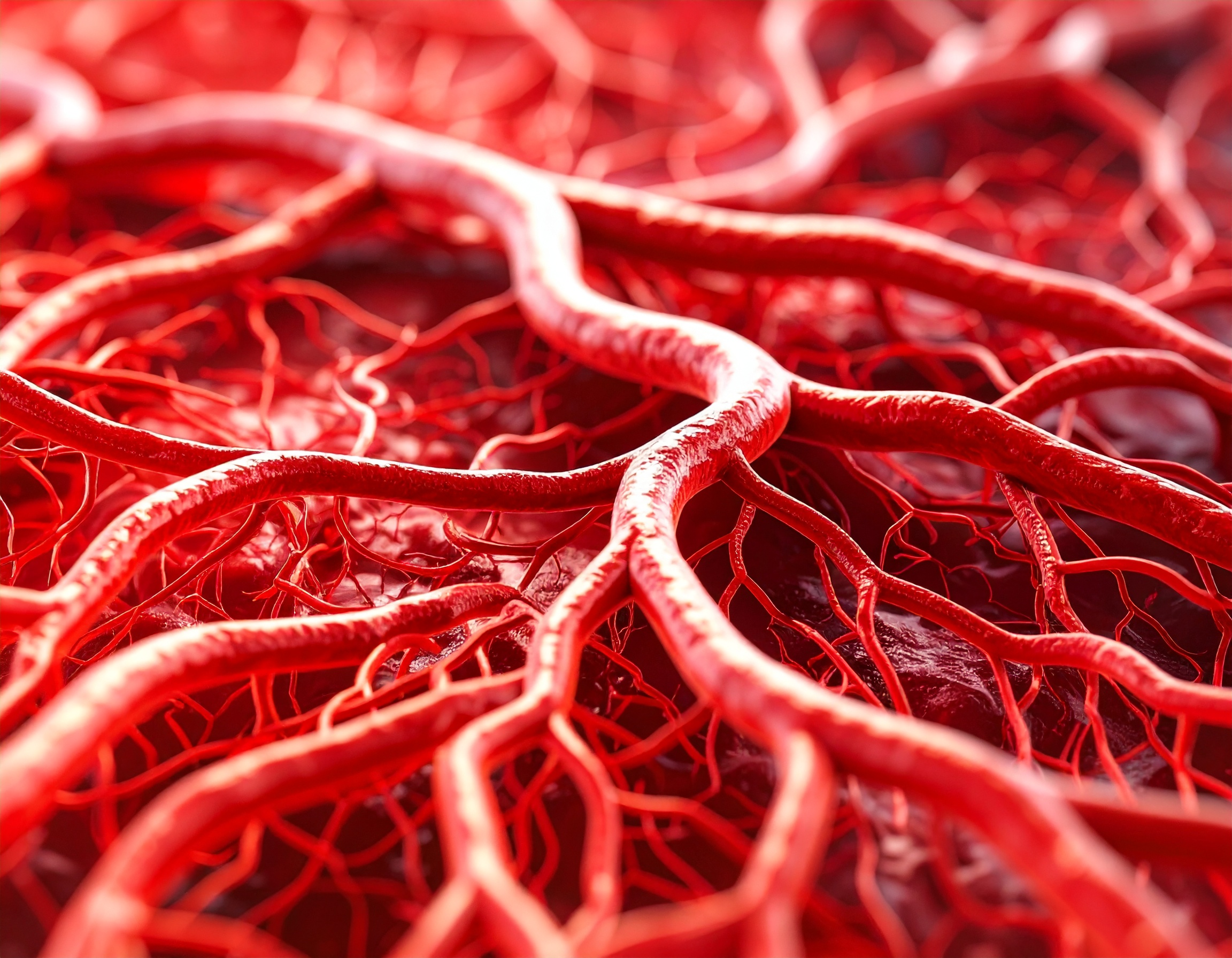
TIA Warning Signs
Symptoms of a transient ischemic attack include:
Sudden weakness or numbness of one side of the body, affecting the leg, arm or face
Sudden difficulties with speech
Sudden loss of vision in one eye
If you develop any of these symptoms you should seek urgent medical attention.
Investigations
Comprehensive diagnostic testing to assess carotid artery disease and stroke risk
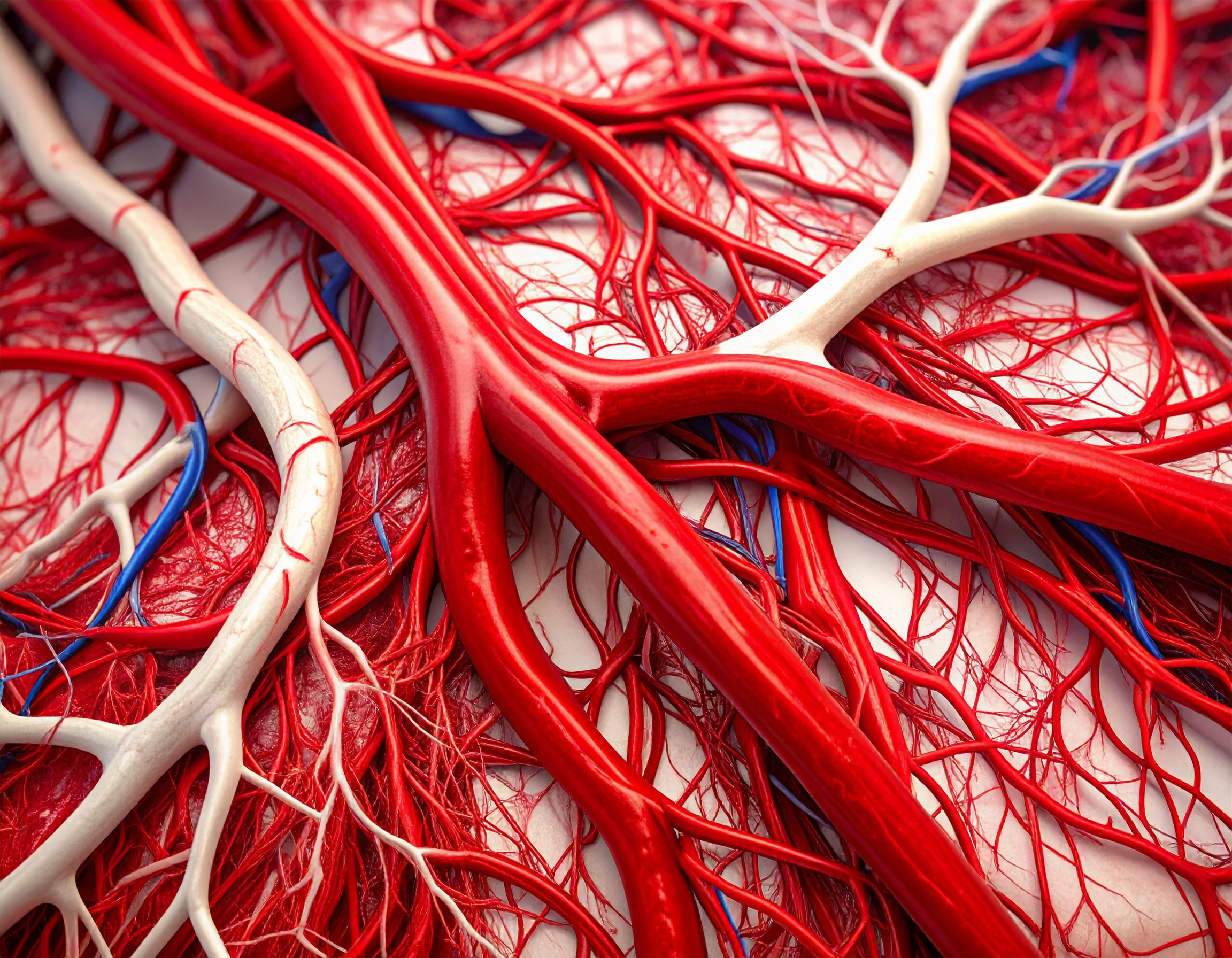
Carotid Ultrasound
Non-invasive imaging to diagnose carotid disease and assess plaque buildup
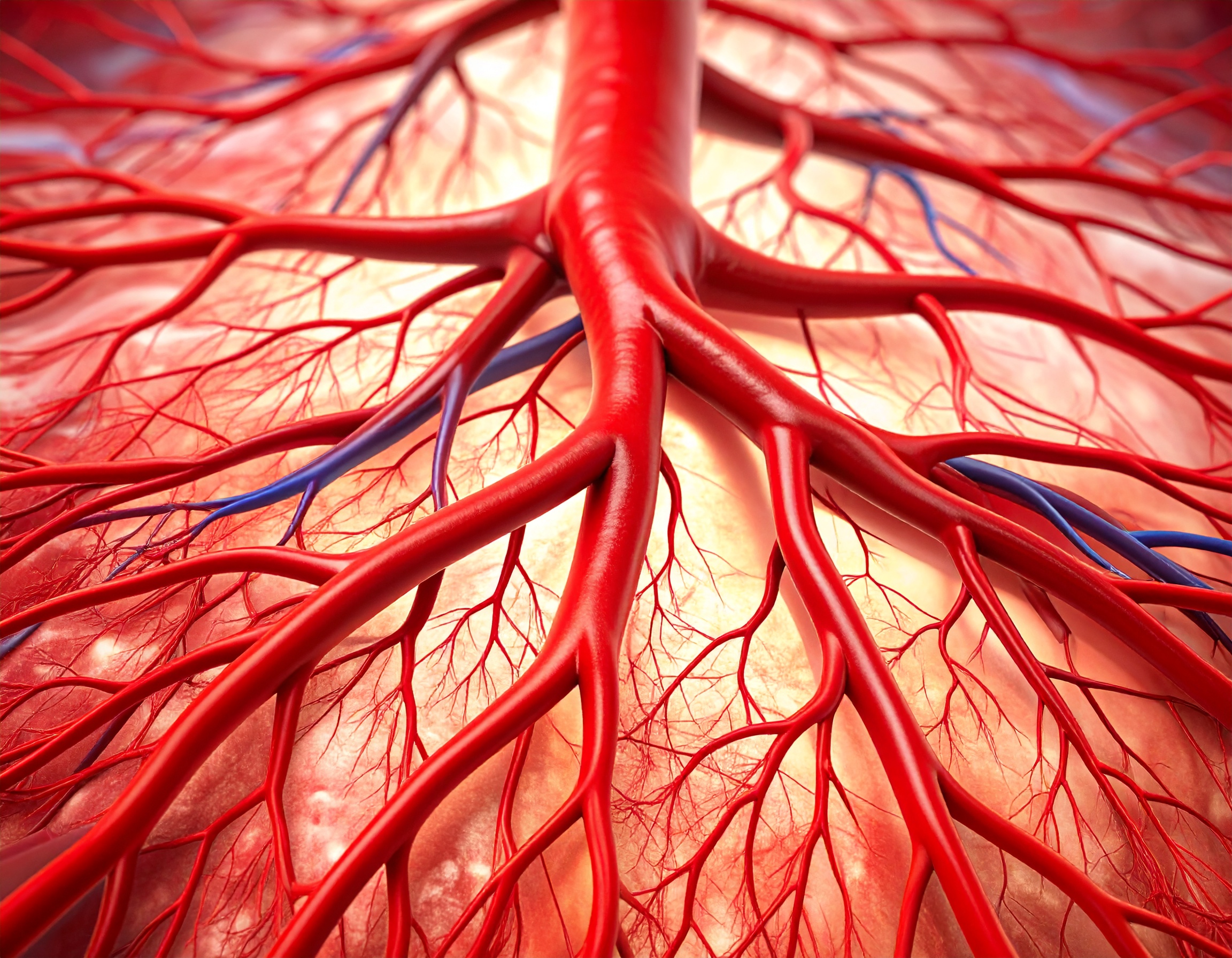
CT Angiogram
Detailed imaging when surgical intervention is being considered
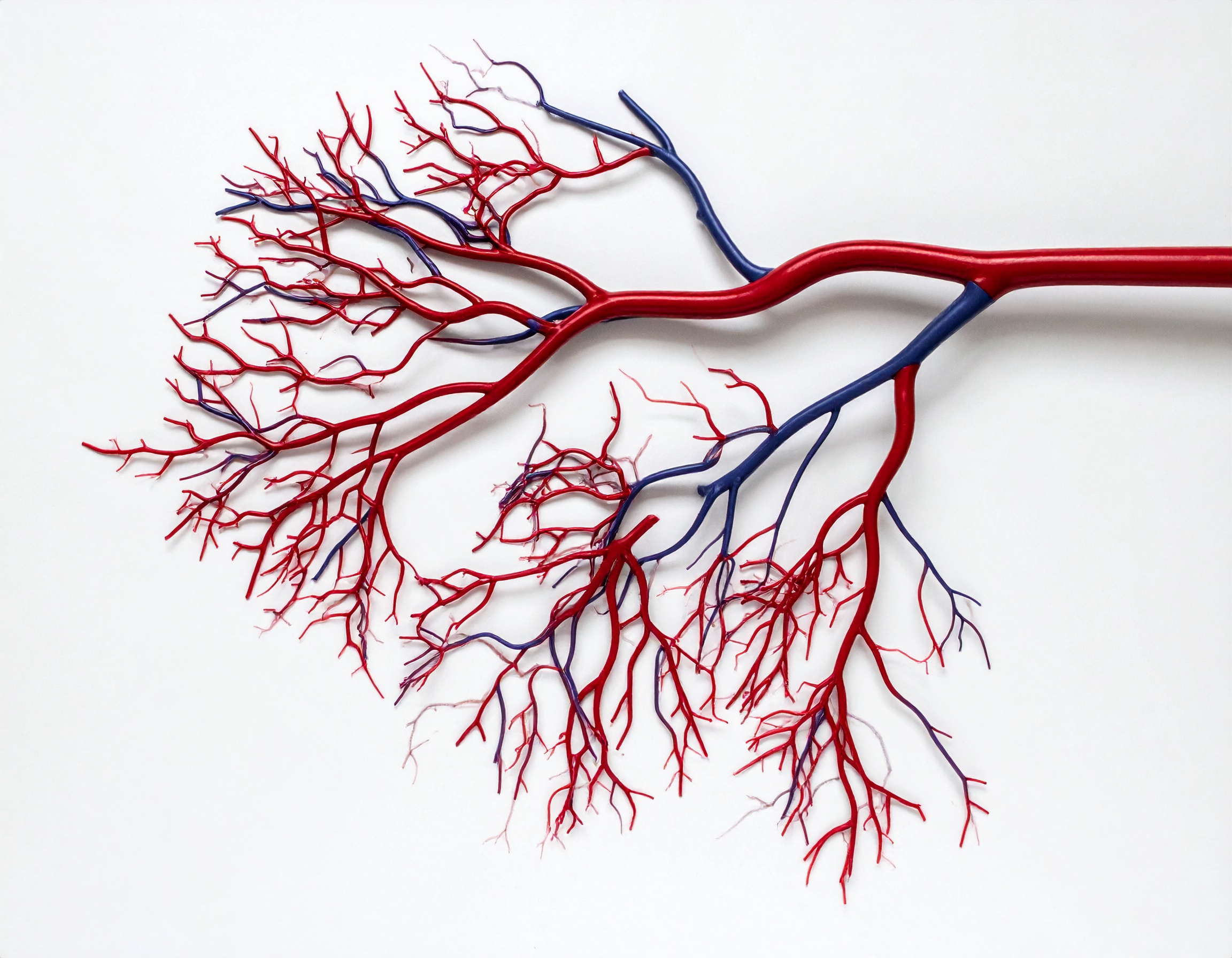
Catheter Angiogram
Gold standard imaging for detailed assessment of carotid arteries
Treatment
Individualized Treatment Planning
The decision on what treatment is best to treat your condition will be discussed with you after review of your history, physical examination and the results of your investigations.
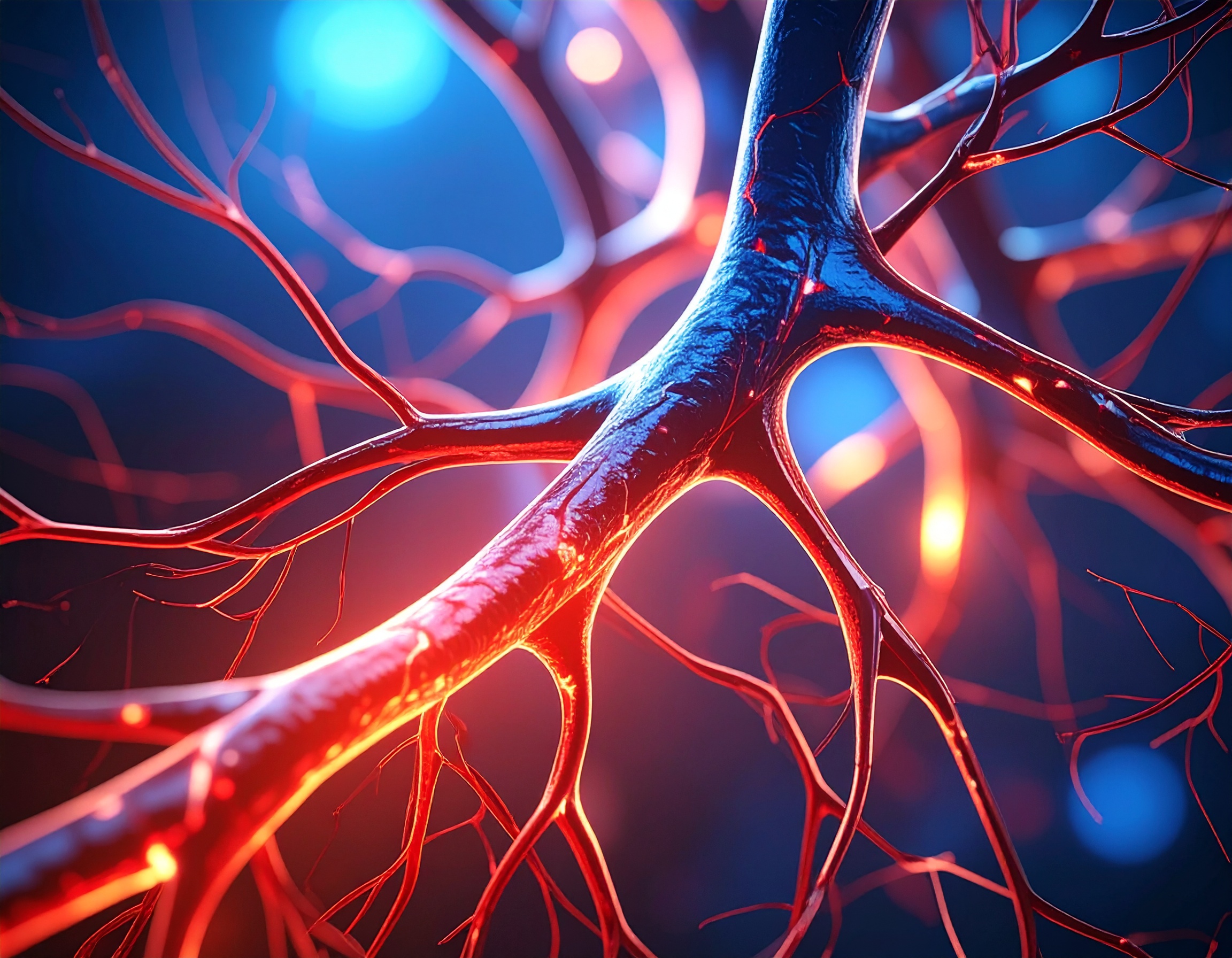
Advanced Stroke Prevention
Medical management, surgery, and endovascular options
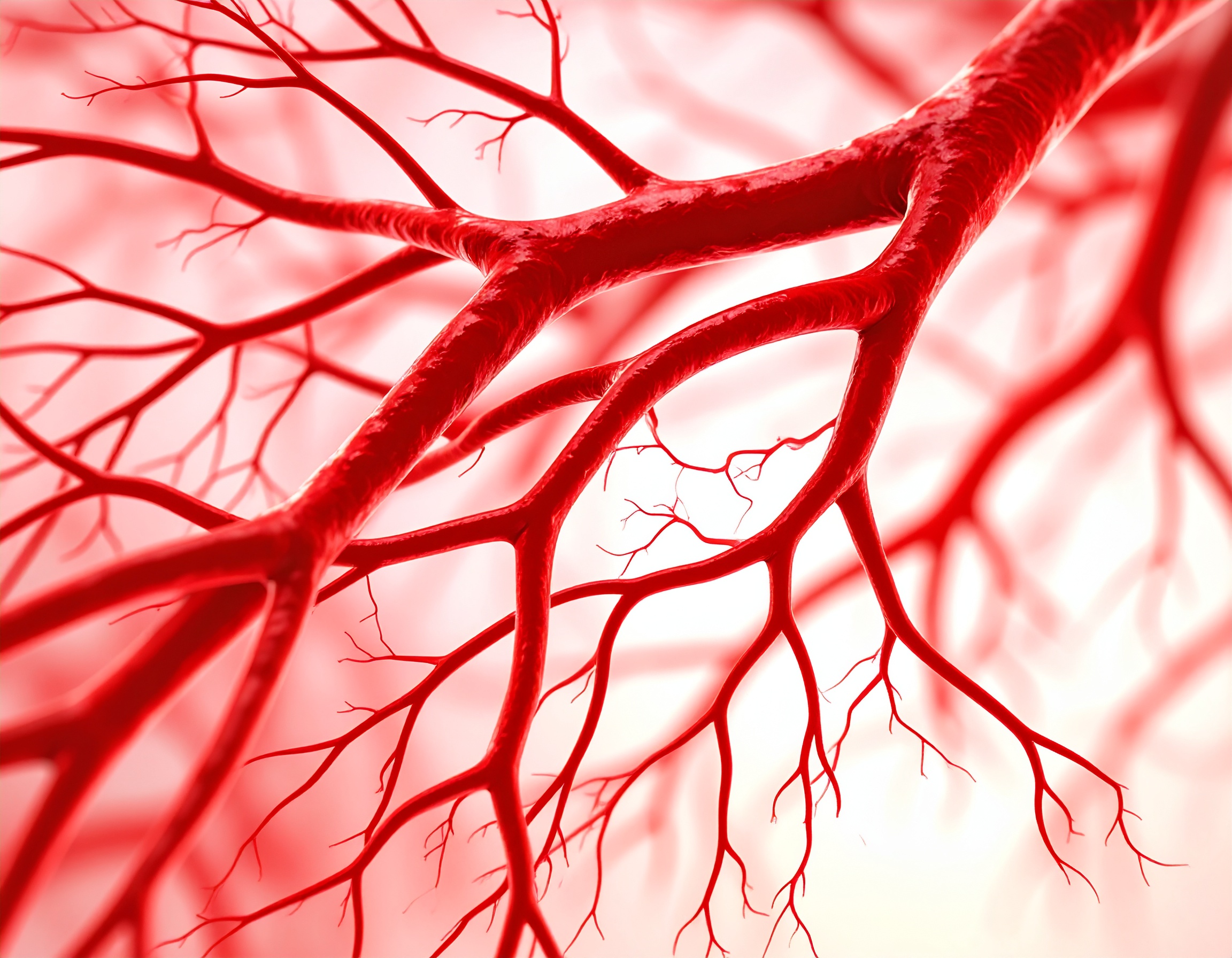
Medical Management
Medications to reduce stroke risk and manage cardiovascular risk factors.
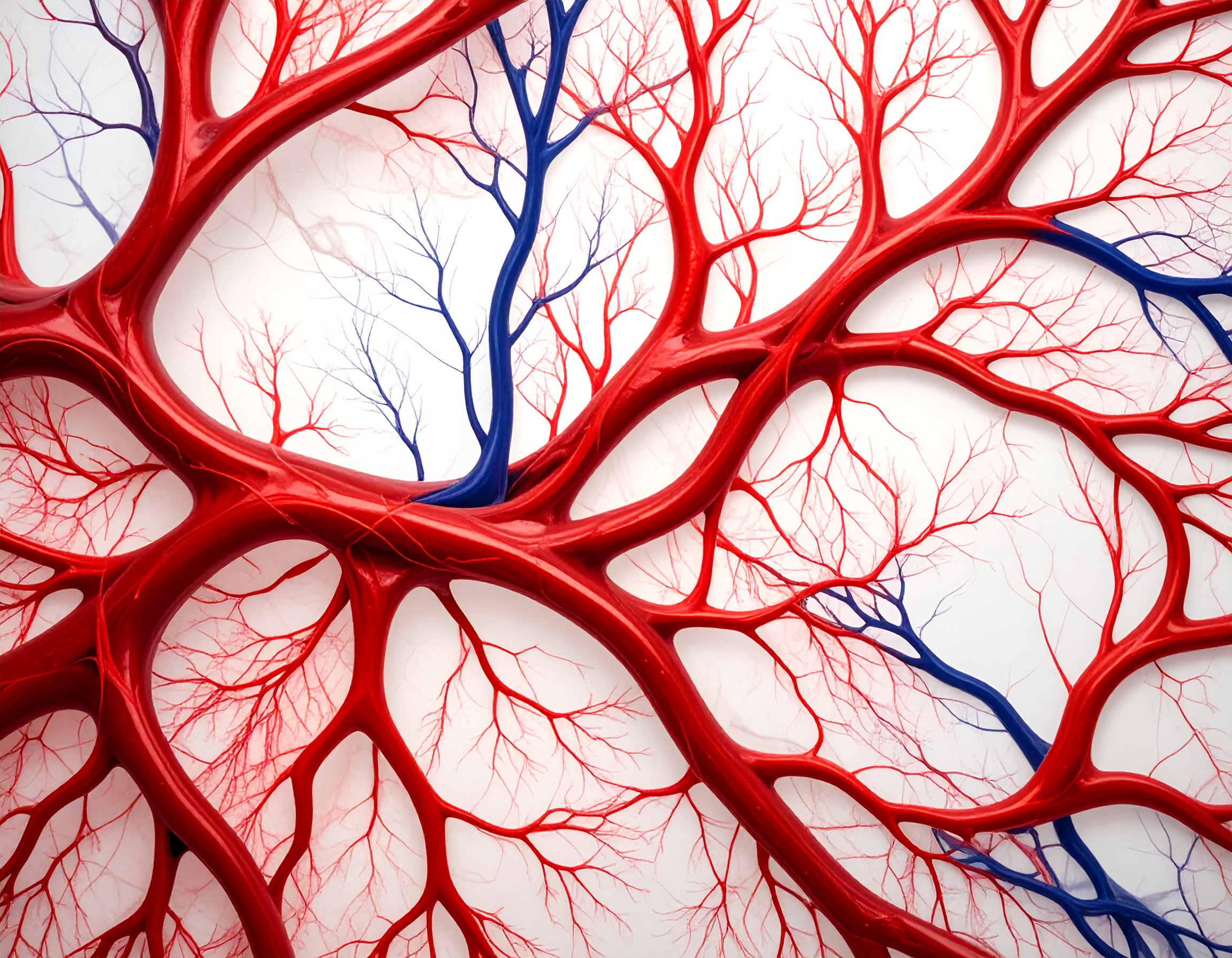
Carotid Surgery
Carotid endarterectomy to remove plaque and restore normal blood flow.
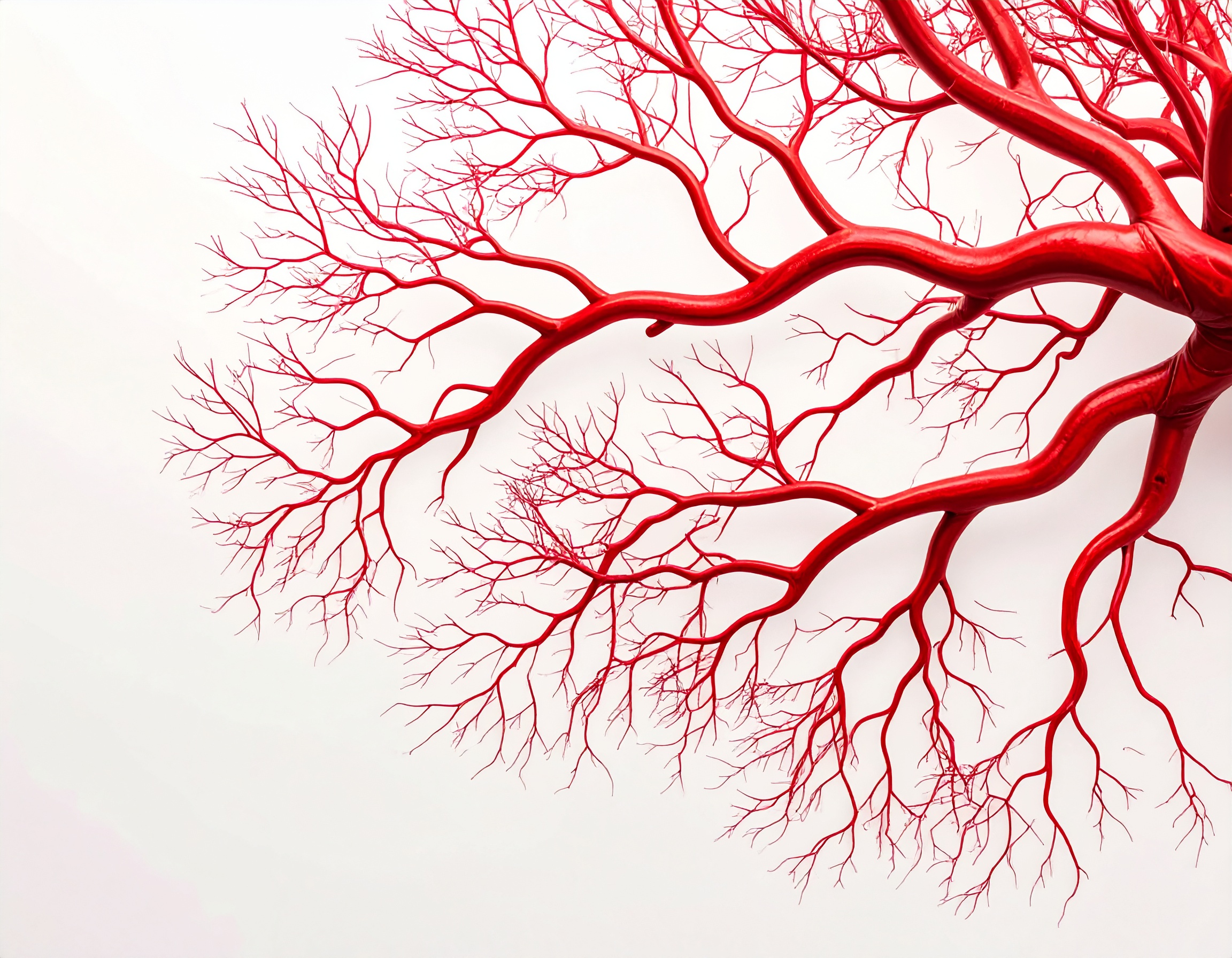
Carotid Stenting
Minimally invasive endovascular procedure to open blocked arteries.
Patient Information Sheet
Download our comprehensive information sheet about carotid artery duplex ultrasound examination.
PDF Format • Information about carotid duplex ultrasound examination procedure and preparation
